Country Area 67 km2 | Mayor Catherine Samba-Panza (2013-) Population 451,690 (1988) | |
Points of interest Boganda National Museum, Notre-Dame Cathedral, Bokassa Palace, Bokassa Triumphal Arch Colleges and Universities University of Bangui, EUCLID | ||
Bangui , formerly written Bangi in English, is the capital of the Central African Republic and its largest city. As of 2012 it had an estimated population of 734,350. It was established as a French outpost in 1889 and named for its placement on the northern bank of the Ubangi River (French: ); the Ubangi itself was named from the Bobangi word for the "rapids" located beside the settlement, which marked the end of navigable water north from Brazzaville. The majority of the population of the Central African Republic lives in the western parts of the country, in Bangui and the surrounding area.
Contents
- Map of Bangui
- Centrafrique la culture veut retrouver sa place bangui
- History
- Geography and climate
- Economy
- Culture
- Cuisine
- Central african republic food shortages
- Car faces food crisis
- References
Map of Bangui
The city forms an autonomous commune (commune autonome) of the Central African Republic which is surrounded by the Ombella-MPoko prefecture. With an area of 67 square kilometres (26 sq mi), the commune is the smallest high-level administrative division in the country, but the highest in terms of population. The city consists of eight urban districts (arrondissements), 16 groups (groupements) and 205 neighbourhoods (quartiers). As the capital of the Central African Republic, Bangui acts as an administrative, trade, and commercial centre. It is served by the Bangui MPoko International Airport. The National Assembly, government buildings, banks, foreign enterprises and embassies, hospitals, hotels, main markets and the Ngaragba Central Prison are all located here. Bangui manufactures textiles, food products, beer, shoes and soap. Its Notre-Dame Cathedral is the seat of the Roman Catholic Archdiocese of Bangui. The city is also home to the University of Bangui, inaugurated in 1970.
Bangui has been the scene of intense rebel activity and destruction during decades of political upheaval, including the current rebellion. As a result of political unrest, the city was named in 1996 as one of the most dangerous in the world.
Centrafrique la culture veut retrouver sa place bangui
History
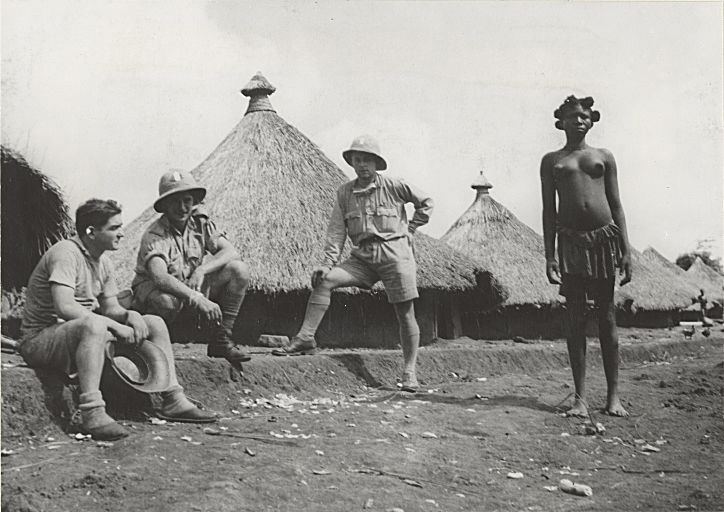
Archaeological studies in and around Bangui have yielded at least 26 ancient Iron Age sites that contain many metallurgical tools and objects, illuminating the pre-European history of the city and surrounding area. The archaeological sites were added to the UNESCO World Heritage Tentative List on 11 April 2006 in the Cultural category. The site closest to Bangui is Pendere-Sengue, 800 metres (2,600 ft) from Independence Avenue, where archaeologists and conservation agencies have carried out studies. It is a paleo-metallurgical site where several thousand shards of ceramics, iron tools, pottery, and an iron spatula weighing 9 kilograms (20 lb) have been unearthed. Its dating, compared with similar sites in Nigeria and Sudan, could be close to the 9th century BC.

Bangui was founded by Albert Dolisie and Alfred Uzac on June 26, 1889, in what was then the upper reaches of the French Congo, the present-day Congo (Brazzaville). The original site was 6 miles (9.7 km) south of the Ubangi rapids. Its territory was organized first into the territory of the Upper Ubangi () and then as the separate colony of Ubangi-Shari. The initial capitals of these areas were at les Abiras and Fort de Possel further upstream, but the rapids at Bangui blocked them from direct communication along the river and caused the settlement there to grow in importance until, in 1906, it was chosen as the new headquarters for the French administration. Bangui retained its importance as a military and administrative center when the colony was folded into French Equatorial Africa and under both Vichy and Free French control during World War II. The French operated a radio transmitter in Bangui, which was described in 1932 as "the most remote radio station in Africa".
The colony of Ubangi-Shari received its autonomy in 1958 as the Central African Republic and this became independent from France in 1960. In 1970, President Jean-Bédel Bokassa inaugurated the University of Bangui. He established the national airline Air Centrafrique the following year and ordered the construction of two new luxury hotels in Bangui. With tensions mounting between Bangui and Paris as a result of Bokassas uncontrollable expenditures, western banks refused to lend him any more money. Relations with the French worsened still further in April 1974, when Brigette Mirouxs body was discovered in a hotel room in Bangui. It was reported in the French media that she had been Bokassas mistress and that he was responsible for her murder. As a result, Bokassa banned imports of French newspapers and assumed control of the Agence France-Presse office in Bangui. By 1975, Bangui had a population of 300,723.
In March 1981, widespread violence took place in Bangui following elections, after Operation Caban led the French to drop Bokassa (who had begun to call himself Emperor Bokassa I), and replaced him with David Dacko. Opponents of the President met in Bangui and were forced to flee the country. After returning voluntarily to Bangui in the autumn of 1986, Bokassa went on trial. Initially faced with the death penalty, in February 1988 he was instead sentenced to life imprisonment. His successor was General André Kolingba, army chief of staff of Decko’s army, who took over control from the local French military on 1 September 1981 under the pretext that the country was heading towards civil war. Although he attempted to combat corruption and control the national economy, he was unable to achieve his reforms. By the middle of the 1980s the country’s economic situation had deteriorated as 80% of the revenue went towards meeting the salaries of the staff. Under pressure from France and other western countries, Kolingba restored democracy in the country in 1991 with a multiparty government but elections could be held only three years later in August 1994. During the elections, Ange-Félix Patassé was elected to the post of president. Since he was from northern CAR, the southern group of Kolingba started a rebellion during 1996.
In May 1996, about 200 soldiers of the Central African Republic mutinied in Bangui, demanding salary increases and the abdication of Ange-Félix Patassé. In the aftermath, the renegades plundered and killed more than 50 people. Following this, the French troops stationed in the country suppressed the rebellion and restored the dictatorial power. After being elected, President Patassé announced a national unity government in early 1997. The Patassé government, the opposition parties, and religious groups signed the Bangui Agreements in January 1997 which were a series of measures designed to reconcile competing political factions, reform and strengthen the economy. The same year, the rebel troops refused a military base in Bangui and in June a new revolt broke out.
In view of frequent political unrest the city was named in 1996 as one of the most dangerous cities in the world. On 25 October 2002, several towns in the country and later Bangui itself were attacked by the forces of General François Bozizé, backed with international support. Bozizé refused to accept an arrest warrant and "defected with about a hundred troops, engaged in street battles in the northern neighborhoods of Bangui (traditionally supporting Patassé)" and went north. Bozizé went into exile in Chad but his troops returned to Bangui and fighting continued. Peace-keeping forces were ineffective, leaving Patassé isolated, and with support from Chad, Bozizés troops were successful in removing Patassés government. Patassé, who was returning from Niger after attending a conference, was not permitted to land in Bangui and he took asylum in Togo, and Bozizé seized power and suspended the constitution. An all-party National Transitional Government was set up which functioned as an interim legislative body. However, the “climate of distrust continued.”
Geography and climate
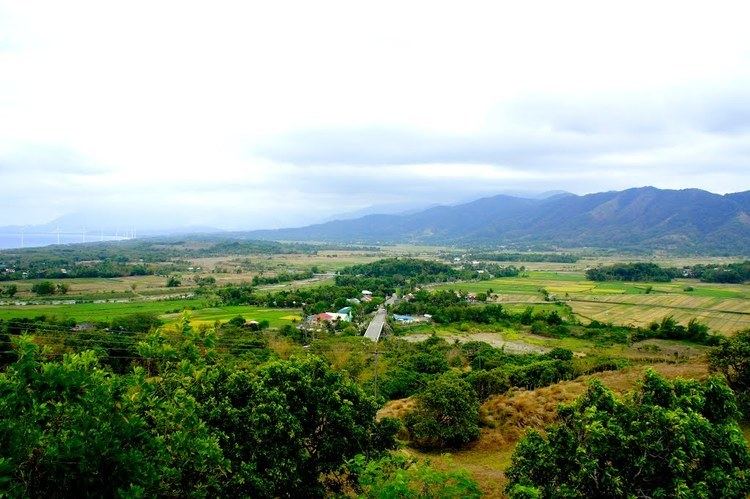
Bangui, close to the countrys southern border, lies on the northern banks of the Ubangi River just below a series of rapids that limit major commercial shipping upriver. The only major city located on the river, it covers an area of 67 square kilometres (26 sq mi). The navigable Ubangi River, with the backdrop of lush green hills, turns sharply south below Bangui and connects to the Congo River just south of the equator near Brazzaville as its chief northern tributary. The river marks the border between the Central African Republic and the Democratic Republic of the Congo. The Congolese town of Zongo it situated across the river from Bangui. The river flows to the east of downtown Bangui. During the rainy season the discharge in the river is three times higher than during the rest of the year. The city was also known as La Coquette (the beautiful city) in the 1970s.
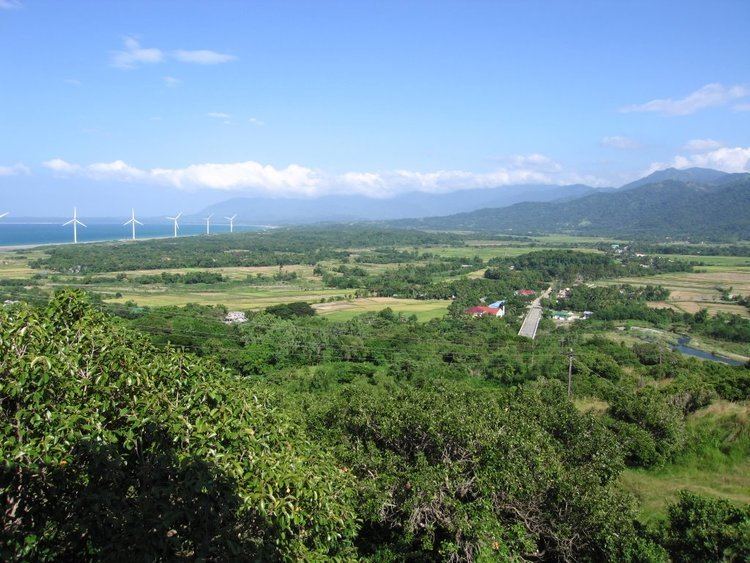
Close to the river, the city centre features a large arch dedicated to Bokassa as well as the presidential palace and the central market. Lying 5 kilometres (3.1 mi) further north, the heart of the residential area has the largest market and most of the nightlife. Many of those in the suburbs live in houses known as Kodros, built of mud bricks with a thatched roof.
The Bangui Magnetic Anomaly, one of the earth’s largest crustal anomalies and the largest in Africa, has its centre in Bangui." It takes the form of a huge ellipse of 700 kilometres (430 mi) x 1,000 kilometres (620 mi), with its central point at 6 degrees north and 18 degrees east. It consists of three parts or segments, which comprise the northern, the southern and the central anomalies. The magnetic equator passes through the features centre. Although it is well documented, the features origins are not fully understood.
The Central African Republic is situated just north of the Equator with daily temperatures normally reaching at least 30 degrees Celsius. Bangui, close to the Equator in the south of the country is slightly hotter and wetter than the northern regions. It has a tropical savanna climate (Köppen: Aw) with dry winters. While the warm season is from 23 January to 18 March, the cold season lasts from 20 June to 27 August, when rainfall is frequently accompanied by thunderstorms. The city is bordered by thick tropical rainforests along the river banks. Several of its neighbourhoods are in low-lying areas prone to recurrent flooding. Severe rains in June and July 2009 left 11,000 people homeless.
Economy
Bangui serves as an administrative, trade, and commercial center. During the Second World War the country became wealthier as exports of rubber, cotton, coffee, uranium and diamonds increased. After the war, the employment of local people in mainstream administration led to the development of the countrys infrastructure, which increased trade while slowing the national movement for independence.
Culture
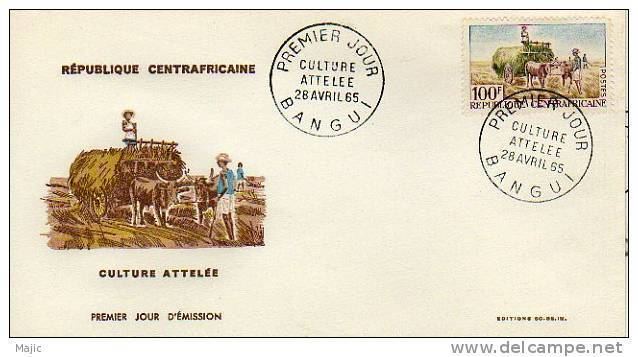
Polygamy is an accepted practice among men but is not encouraged among women. When someone dies in Bangui, a representative from his or her village always attends the funeral. "This person is charged with indicating to the deceased the way back home so that the deceased may avenge himself and herself and demonstrate the power of the family." The representative who attends the funeral also carries a little dust from the grave to the village, and gives it to the village holy Medicine man so that he can ascertain the reasons for his death.
Most of the holidays in Bangui are festivals related to the Christian and Muslim faiths and are the same as those observed in other parts of the world. National holidays include independence day and the birthdays of Boganda and several other national heroes.
Cuisine
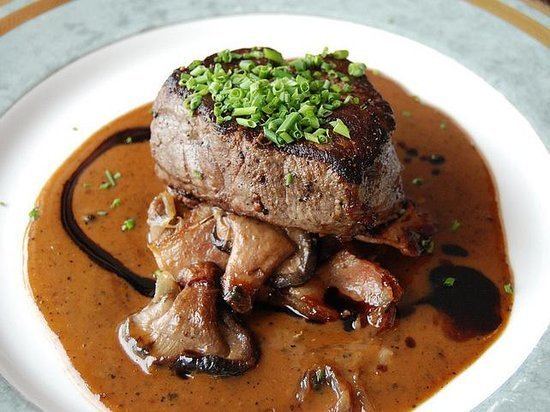
The cuisine of CAR is referred to as Centrafrican and the staple diet in Bangui includes cassava, rice, squash, pumpkins and plantains served with a sauce and grilled meat. Okra or gombo is a popular vegetable. Peanuts and peanut butter are widely used. Game is popular, as are the fish-based dishes maboké and soussou. Manioc flour is used for preparing fufu. There are three types of restaurants in Bangui. Some focus on foreign cuisine, such as Relais des Chasses, La Tentation and LEscale, which are orientated towards French food, and Ali Baba and Beyrouth, which serve Lebanese food. There are a large number of African restaurants, such as the "Madame Mboka", a favorite of the locals. A number of bars and street food stalls compliment Banguis culinary scene. Alcoholic beverages served are locally brewed beer, palm wine and banana wine. Non-alcoholic beverages that are drunk include ginger beer.
